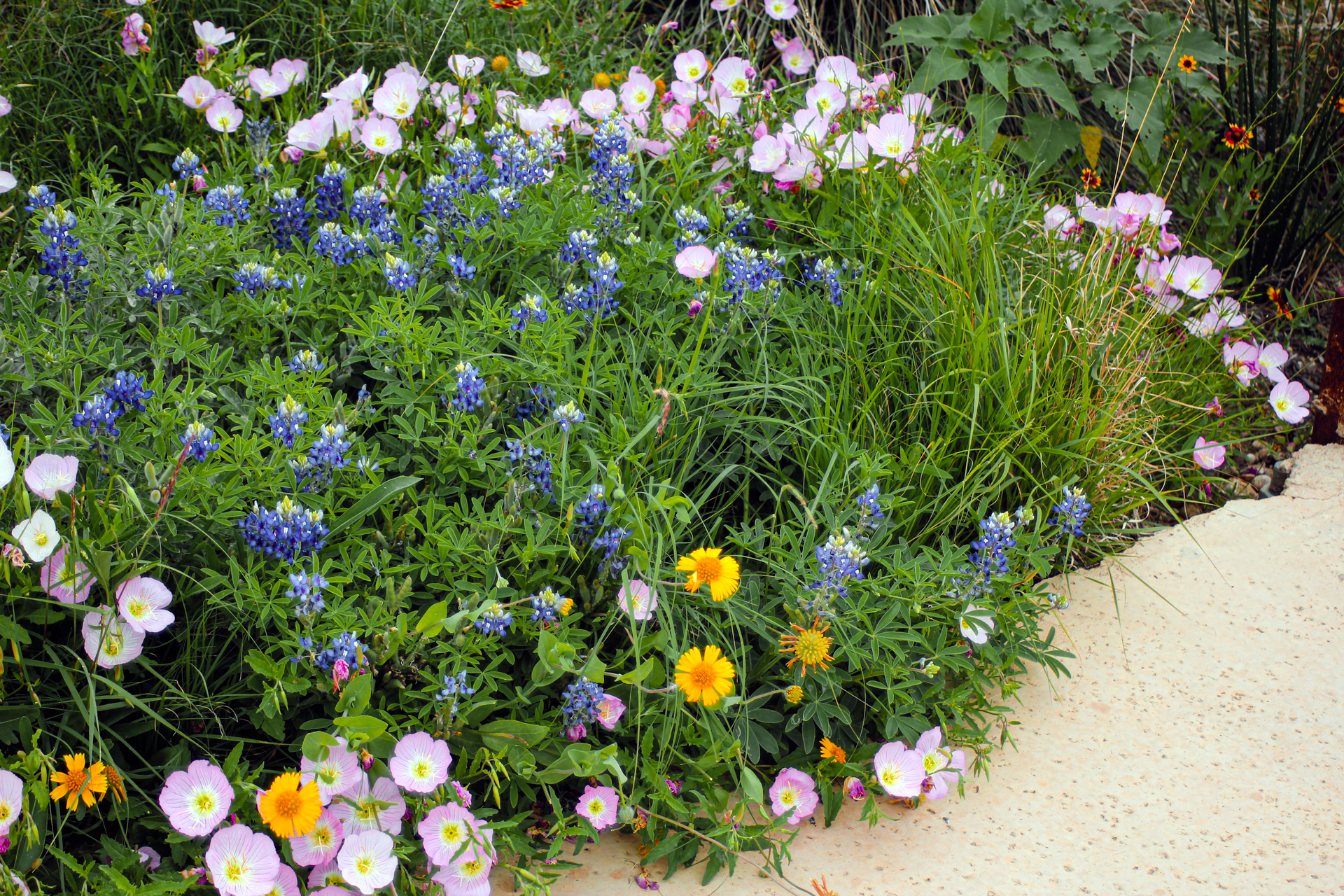This may be fallen leaves and pumpkin season, but there is still time to plant wildflowers!
If summer 2023 left your landscape with sunny bare patches, sowing wildflower seeds can be a fun option for the family to enjoy.
Wildflower packets may say to plant in early fall, but in South Texas — where temperatures often stay mild through December — there’s still time to get wildflowers started. They’re great for sunny, well drained areas that you’re willing to leave a little less manicured next spring.
Not only will you beautify your property, but you’ll also provide nectar sources for our native pollinators including hummingbirds, bumblebees and butterflies.
You can choose single wildflower packets or plant a mix for variety. Either way, there’s something for everyone. Here’s a few color options and some plant examples.
Pink/purple: purple coneflower, lemon mint, winecups, American basketflower, pink evening primrose, purple prairie clover, prairie agalinis, Texas thistle, verbena species.
Blue: bluebonnets, mealy blue salvia, blue curls, spiderwort, blue flax, purple skullcap.
Yellow: various coreopsis species, cowpen daisy, Engelmann daisy, bush sunflower, clasping coneflower, fluttermills, golden dalea, greenthread, huisache daisy, prairie coneflower, partridge pea, corydalis.
White: prickly poppy, white prairie clover, native milkweed species, Illinois bundleflower.
Orange/red: butterfly weed, standing cypress, Indian blanket, prairie flax, Indian paintbrush, tropical sage, cedar sage.

A few tips to remember:
Soil
Most wildflowers require well-drained soil; standing water can degrade the seeds quickly. So if your soil is mostly clay, you may boost your success rate by amending it with compost, expanded shale or lava sand before broadcasting seed.
Sunlight
Many wildflowers need at least eight hours of bright sun to thrive and bloom. (Planting on the shady side of your house, or under a large tree will not yield much success, unless you specifically choose shade-tolerant species.)
Preparation
Clear the area of competing weeds and mow any grass as short as possible. Rake the area to generate a light, shallow till.
Planting
The key is good “seed-to-soil” contact. That means applying seed to bare soil and gently combing over the area to force the seeds into the soil. (To spread them more uniformly, you can try mixing them with a little sand.) Some seeds will be visible, while others will be barely covered; this is normal.
Water the planted area carefully: over-watering can wash the seeds away. Ideally, the area should remain moist for two to three weeks after planting — perfect when the weather provides foggy, dewy mornings.
While this may seem like a lot of work, the display of color in the coming months is more than worth it. And the pollinators will thank you!




